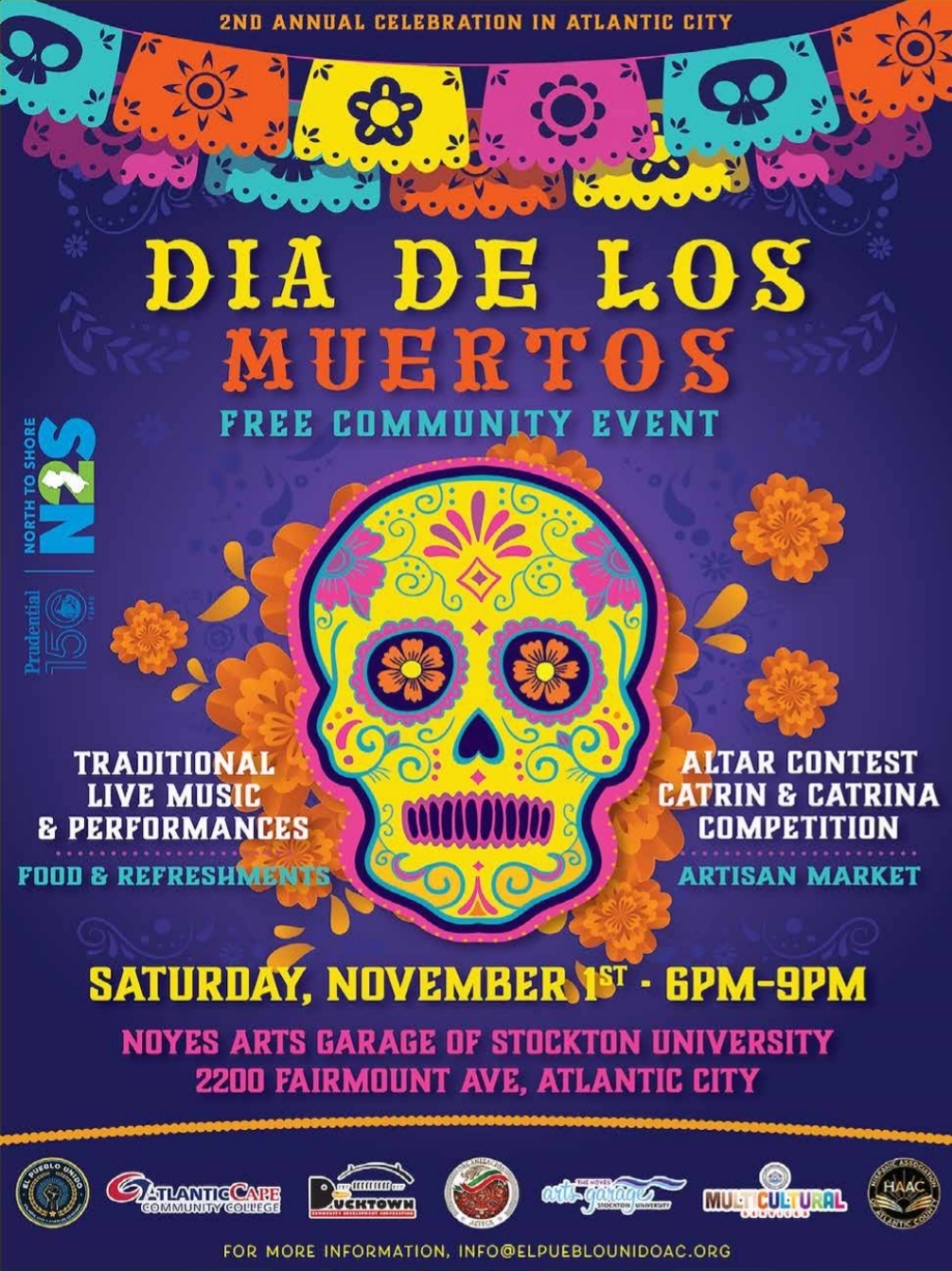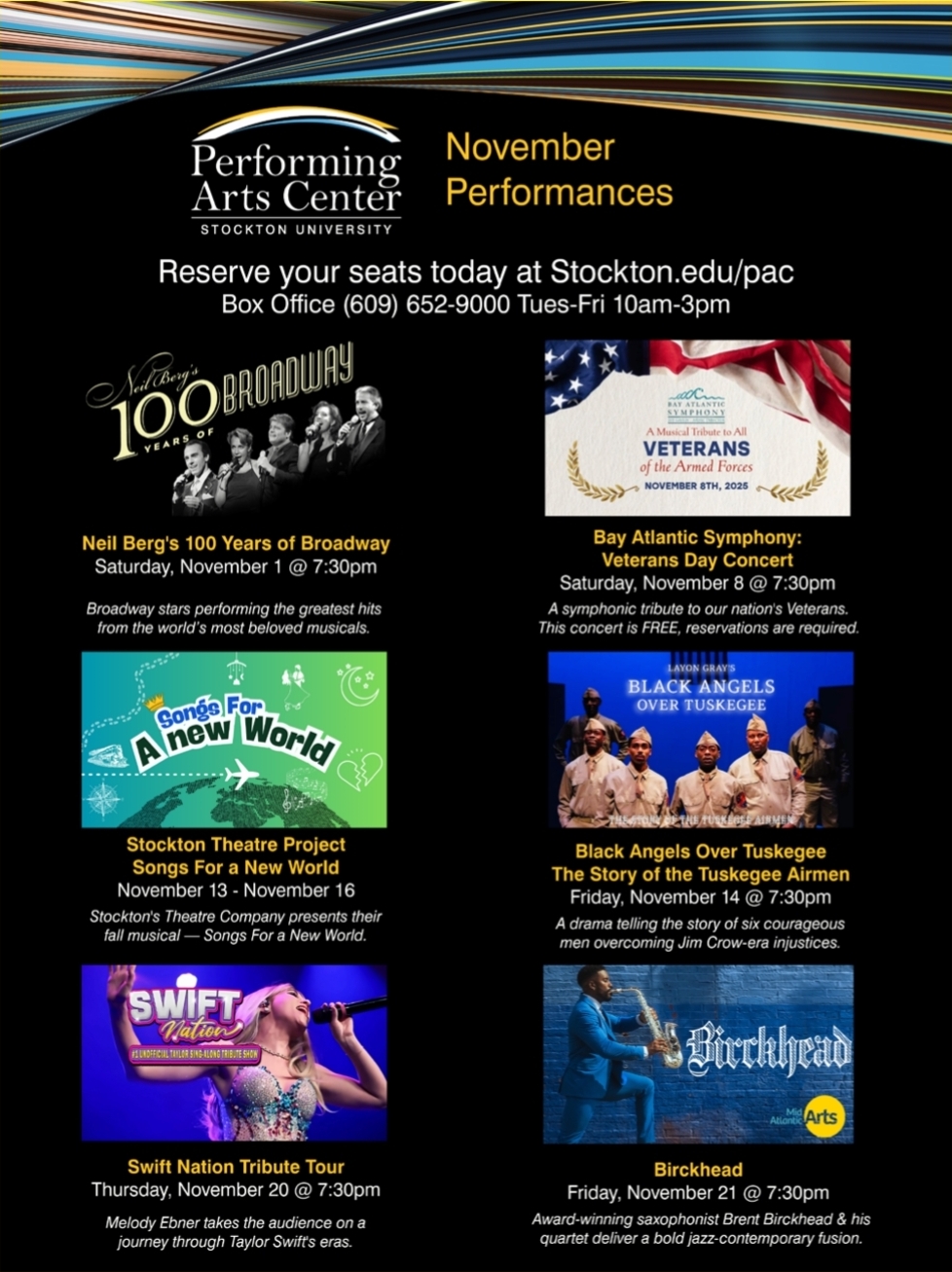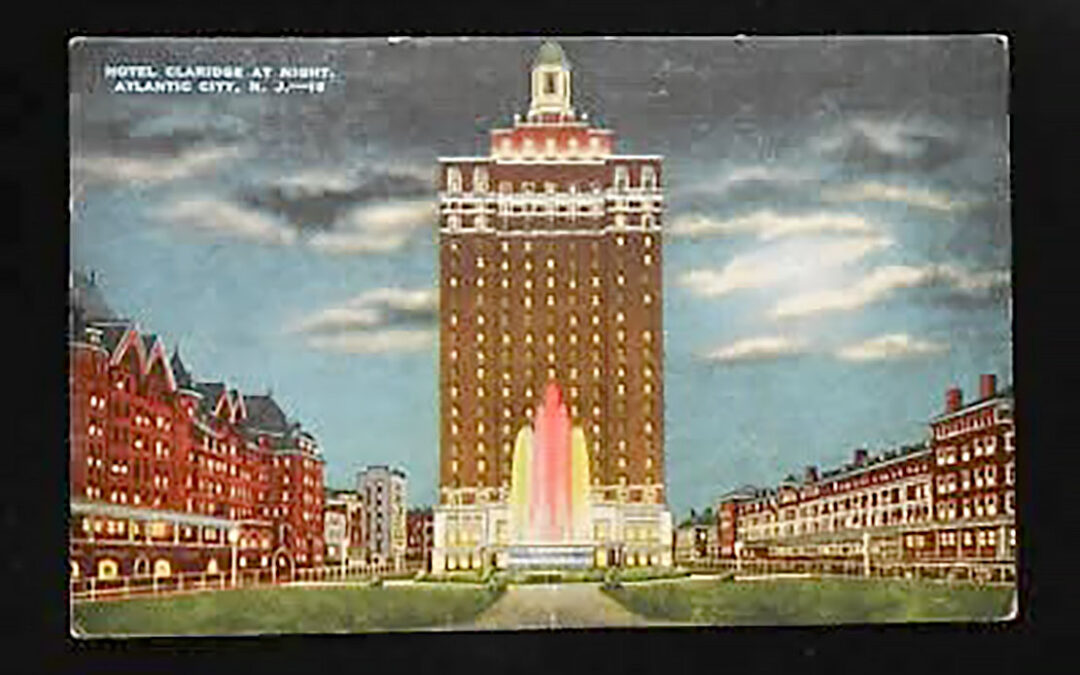It was old. It was small. It was plagued by financial issues pretty much from the moment it opened on July 20, 1981. Nonetheless, what was originally called Del Webb’s Claridge Hotel & Casino was a pretty special place.
Before we get into the particulars of the property’s legal-casino-era existence, a little history is in order.
The building, which for most of its 20-year existence as a gambling den was known as the Claridge Hotel-Casino — and which today does business as the Claridge Hotel — was planned while the “Roaring Twenties” were still roaring. But by the time the 24-story Brighton Park landmark opened in 1930, the Great Depression had a stranglehold on the nation. Thus, it became the last grand-hotel “sandcastle” built from scratch until gaming-industry titan Steve Wynn conjured the original Golden Nugget in 1980.
But even during the darkest days of the Depression, the “skyscraper by-the-sea” was an icon of Atlantic City as it stood as Our Town’s tallest building until the legal-casino era.
When real-estate titan Webb, who owned the famed Mint casino in downtown Las Vegas, decided to stake a claim in Atlantic City, he purchased the yet-to-open Claridge, whose problems were baked in: Its age, size (the 501 hotel rooms represented just one over the state-mandated room-count inventory of 500) and vertical layout that dictated the actual casino be spread out over three levels all conspired to put the complex at a distinct, and ultimately fatal, disadvantage.
Despite all this, the Claridge management team and staff of the 1980s and beyond refused to let such hurdles keep their creativity in check.
For starters, there were two marketing blueprints that, four decades later, arguably remain the gold standard for the local gaming industry.
One was the casino’s “Smaller is Friendlier” campaign that ingeniously turned its space limitations into a customer lure. According to Glenn Lillie, who served as the Claridge’s vice-president of marketing from 1985 to 2001, it was the brainchild of its then-president and CEO, the late Robert Renneisen Jr.
Back then, explained Lillie, “The casinos would steal ideas or imagery, whatever, from each other. [Renneisen] said, ‘Well, we’re the smallest place; no matter how successful we get, no one’s gonna try to steal that. Nobody’s gonna want to get smaller.’ So, we owned that.
“And what’s better about smaller? Well, we would get a lot of great feedback from our patrons about how we seemed to go the extra mile. We had some really fine employees, so we just played off of that. And that was how the phrase, ‘smaller is friendlier’” came to be.
Then there was the Claridge’s use of comedian Eddie Lawrence who had found a modicum of show-business success with his shtick that would begin, “Hiya, Bunky.” He’d continue—in a sympathetic voice—saying something like, “You say you had a bad day?” And then he’d launch into his various routines.
“It was, it was in terms of [ad-industry] jargon, ‘problem-solution advertising,’ noted Lillie, who worked at the Claridge from before it opened until 1983, left for a job at Tropicana Atlantic City and returned for a 16-year-run in 1985.
“He’d come on with that little whiny voice–you had to pay attention to him whether you liked it or not—and he would say, ‘So you woke up this morning, Bunky, and you said you had your head up your butt,’ or, you know, whatever,” he explained with a chuckle.
“He’d say, ‘Well, go to Del Webb’s Claridge Casino-Hotel.’ It really was the most different of ads; we got a lot of PR for it.”
Lillie added that to reinforce the concept, all manner of “Bunky”-branded paraphernalia was distributed to customers. “There were all the little side things we’d give out, like a rain slicker or whatever. And even now I go to flea markets on occasion and . I see the stuff selling there. It’s now memorabilia.”
Although the Claridge couldn’t compete financially with most of its competition, it nonetheless managed to carve out a strong entertainment niche in the 550-seat Palace Theater, a jewel box of an old-school casino nightclub complete with banquettes for high-rollers and other VIPs. That, said Lillie, happened primarily under the auspices of Renneisen’s predecessor, Roger Wagner.
The Palace was only dark about six weeks a year, thanks to a surprisingly large roster of weekend A-list headliners–including Aretha Franklin (the gaming hall’s inaugural attraction), Joan Rivers, Penn & Teller and Billy Crystal—and a slate of multiple-performance-a-week musical-variety programs and, more memorably, a nine-year, 27-production series of Broadway musicals staged by West Coast-based producer Maynard Sloate.
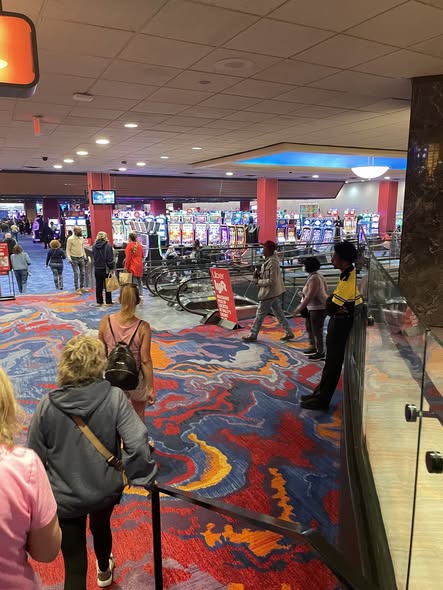
The latter programs were truncated “tab shows” which ran for about 10 weeks at a time. They were 90 minutes long to insure those in attendance wouldn’t be away from the casino floors for too long, and featured headliners, many of whom who, while no longer huge stars, still had plenty of cache, especially among the Claridge’s middle-age-and-older customer base. Among them were Theodore Bikel, who starred as Tevye in “Fiddler on the Roof,” Donald O’Conner (“How to Succeed in Business without Really Trying”) and Lainie Kazan (“Hello Dolly”).
There were even the occasional casting left turns, such as the times the (as it turned out) appropriately monikered football hero “Broadway” Joe Namath starred in two productions, “Sugar” (the first attempt to turn the classic film comedy, “Some Like It Hot” into a book musical) and “Bells Are Ringing.” Another off-the-wall booking had German film actor Elke Sommer starring in “Woman of the Year.”
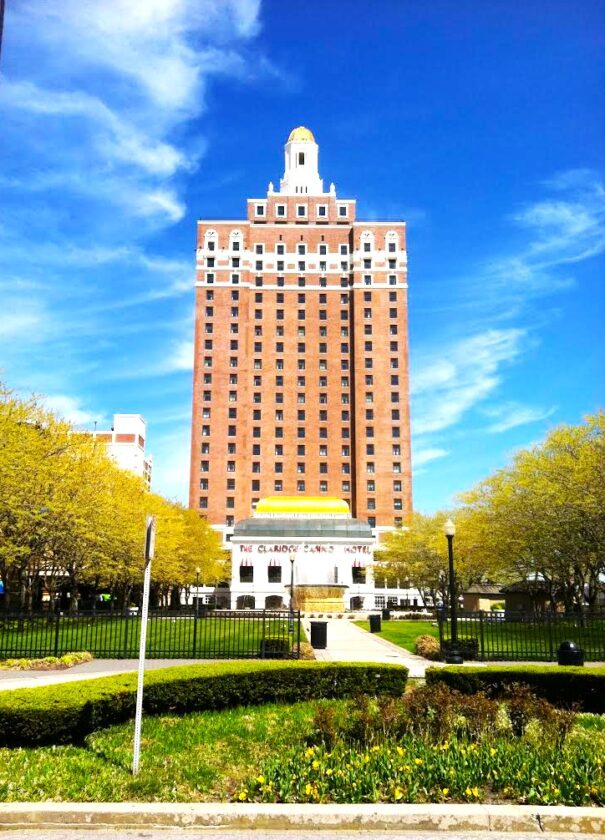
The end came in 2001 when Park Place Entertainment, which owned the neighboring Bally’s Atlantic City Hotel & Casino, purchased the Claridge and ceased gaming operations in order to operate it exclusively as an auxiliary Bally’s hotel tower.
Today, a quarter-century after its casino operations were shut down, those who worked there continue to harbor warm feelings for the Claridge.
“There were challenges, but we made it work,” offered Lillie. “It was a good, fun place to work at. There was a lot of camaraderie. The casino employees were real close; even now they get together for little reunions here and there.
“And I loved working there. It was terrific.”
